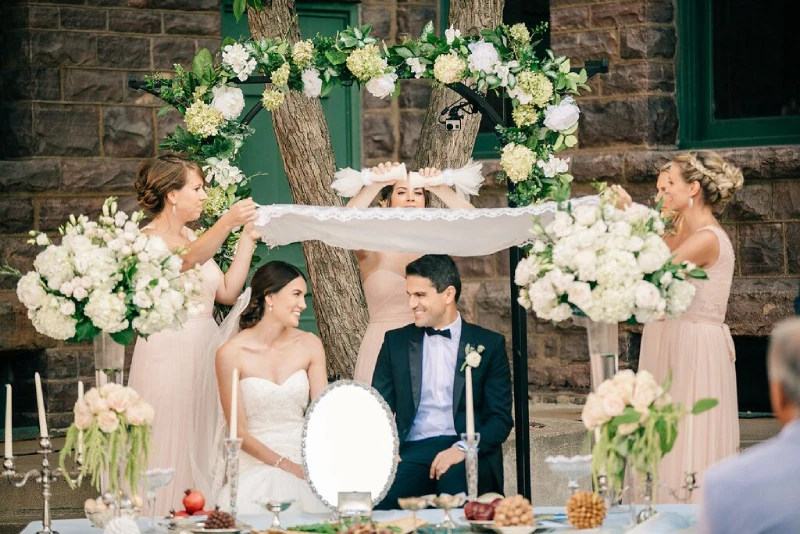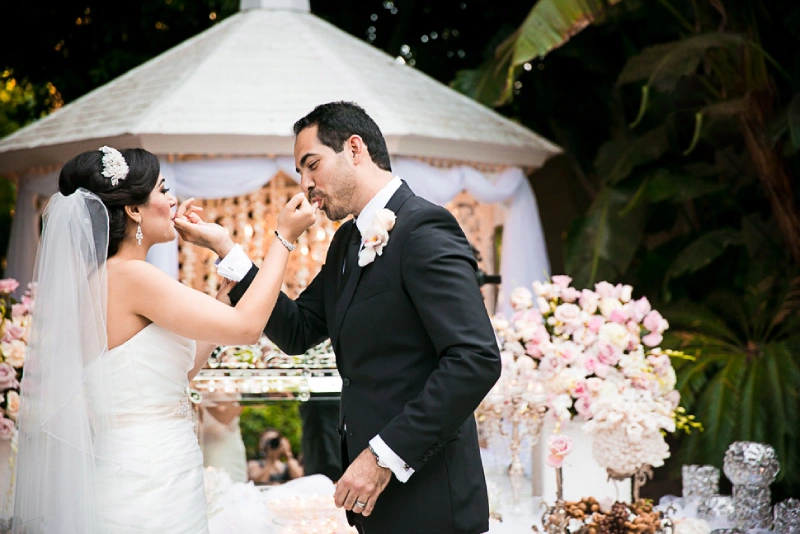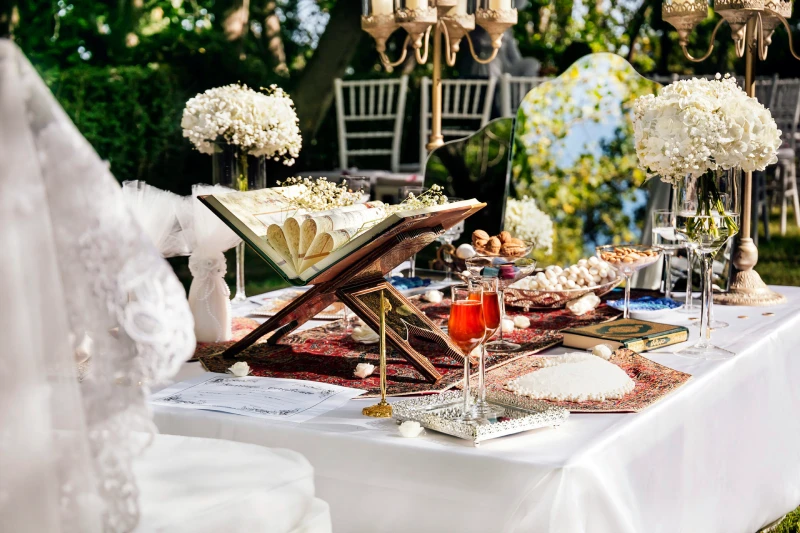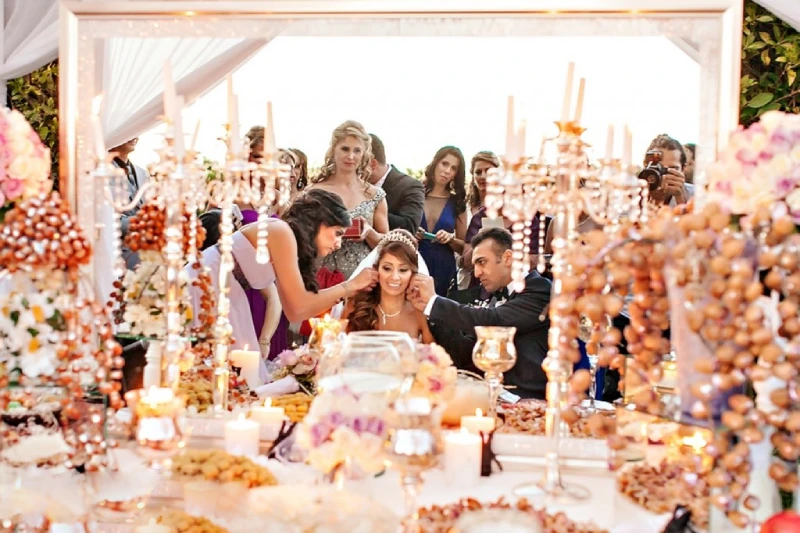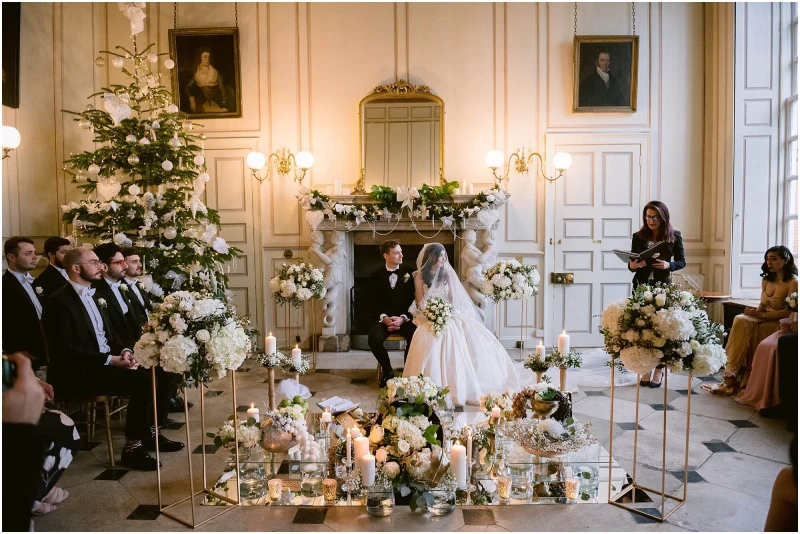When it comes to Iranian culture, understanding the intricacies of Persian engagement and wedding ceremonies can be a delightful yet complex journey. Each event is rich in tradition and meaning, reflecting the values and customs that have transcended generations. While both signify a commitment to love and partnership, they have distinct purposes and celebrations that merit exploration.
In this article, we’ll unravel the fascinating differences between a Persian engagement and a wedding, illuminating the unique rituals, symbols, and significance of each. Whether you’re curious about the vibrant festivities, the profound ceremonies, or the familial ties that play such a pivotal role, this guide will offer clarity and insight. Join us as we dive into the heartfelt nuances of these two momentous occasions that celebrate not just love but also the enduring legacy of Persian heritage.
Persian Engagement vs. Wedding: What’s the Difference?
Overview of the Persian Engagement Ceremony
The Persian engagement ceremony, known as “Namzadi,” is a deeply significant event, marking the formal agreement between two families for their children to marry. It is an elaborate affair filled with rituals and traditions that emphasize the importance of family unity and future promises. Unlike Western engagements that might be considered casual or private, the Persian engagement is a public celebration, often involving a large gathering of family and friends.
One of the central elements of the engagement ceremony is the “Bale Boroon,” where the groom’s family formally asks for the bride’s hand in marriage. This event is not just a symbolic gesture but a profound tradition that signifies respect and honor towards the bride’s family. During Bale Boroon, gifts are exchanged, and both families discuss the engagement details, including the wedding date and other arrangements.
The engagement ceremony also includes a “Khastegari” session, where the groom’s family visits the bride’s home to formally propose. This visit is typically accompanied by the offering of sweets, flowers, and other tokens of goodwill. The engagement party itself is a festive occasion, often held at a banquet hall or a family home, featuring music, dancing, and a lavish spread of Persian cuisine. The engagement ring is presented, symbolizing the couple’s promise to each other and the start of their journey towards marriage.
Key Elements of the Persian Wedding Ceremony
The Persian wedding, or “Aroosi,” is a grand and multi-faceted event that showcases the rich cultural heritage of Iran. It is not just a single day affair but a series of celebrations that can span several days. The wedding ceremony is steeped in tradition, each ritual carrying deep symbolic meanings that reflect the values of love, family, and unity.
One of the most significant parts of the Persian wedding is the “Sofreh Aghd,” a beautifully decorated spread that plays a central role in the marriage ceremony. The Sofreh Aghd includes various symbolic items such as a mirror (representing eternity), candles (symbolizing energy and brightness), and a Koran or other holy book (denoting the spiritual foundation of the marriage). The couple sits in front of the Sofreh Aghd, where they exchange vows and are officially pronounced husband and wife.
Another key element is the “Raghseh Shirin,” or the “knife dance,” where female relatives and friends of the bride perform a dance with a knife used to cut the wedding cake. This tradition is a playful and joyous part of the celebration, with the groom needing to “bribe” the dancers to receive the knife. Following the ceremony, there is usually a grand reception with music, dancing, and an elaborate feast, allowing guests to celebrate the union of the couple.
Cultural Significance of Engagement in Persian Society
In Persian culture, the engagement period is not merely a time for wedding planning but a crucial phase for the couple and their families to bond and build a strong foundation for the future. Engagements are highly valued, serving as an opportunity for both families to get to know each other better and to establish a harmonious relationship. This period is considered a time of joy, anticipation, and shared experiences.
The engagement also holds significant cultural importance as it involves various traditional practices that highlight the richness of Persian heritage. One such tradition is the “Shirini Khoran,” which translates to “eating sweets.” This event signifies the sweetness of the upcoming union and is marked by the sharing of sweets among family members. The exchange of gifts during the engagement period, such as jewelry and traditional clothing, further symbolizes the mutual respect and goodwill between the families.
Moreover, the engagement period allows the couple to understand each other’s values, beliefs, and expectations, ensuring they are well-prepared for married life. It is a time when the couple can seek advice and blessings from their elders, reinforcing the cultural emphasis on family support and guidance. The Persian engagement ceremony, therefore, is not just a prelude to the wedding but a significant cultural milestone that underscores the importance of family, tradition, and mutual respect.
Traditional Rituals and Customs in Persian Weddings
Persian weddings are renowned for their elaborate rituals and customs, each designed to bless the couple and ensure a prosperous and happy marriage. One such ritual is the “Aghd ceremony,” where the bride and groom sit before the Sofreh Aghd. During this ceremony, married female relatives hold a lace fabric over the couple’s heads, symbolizing protection and unity, while someone grinds sugar cones above them, showering the couple with sweetness.
Another traditional custom is the “Ghandah Poloo,” which translates to “sugar rice.” This dish, often served at the wedding feast, is symbolic of the sweetness and abundance that the couple will experience in their married life. The presentation of the food is also an art form, with each dish meticulously prepared and presented to convey love and hospitality. The wedding feast is a critical component of the celebration, reflecting the importance of sharing and community in Persian culture.
Additionally, the “Cake Cutting” ritual is a joyous moment where the newlyweds cut a beautifully decorated cake, symbolizing their shared future and unity. Guests often join in the celebration by dancing and singing traditional songs, adding to the festive atmosphere. The presence of live music, often featuring traditional Persian instruments, further enhances the cultural richness of the wedding, creating a memorable and immersive experience for all attendees.
Comparing the Cost of Engagement vs. Wedding in Persian Culture
In Persian culture, both engagement and wedding ceremonies are significant investments, often reflecting the financial commitment of both families. However, the costs associated with each event can vary considerably, depending on the scale and grandeur of the celebrations. Generally, weddings tend to be more expensive due to the extensive guest list, elaborate decorations, and multiple days of festivities.
The engagement ceremony, while still a grand affair, typically incurs fewer costs compared to the wedding. Expenses for the engagement might include the venue, catering, music, and engagement gifts. The cost of the engagement ring is also a significant factor, as it symbolizes the couple’s commitment and is often a valuable piece of jewelry. Despite these expenses, the engagement ceremony is usually more intimate, with a smaller guest list and simpler arrangements.
In contrast, Persian weddings often involve a larger number of guests, luxurious venues, and elaborate decorations, contributing to higher overall costs. The wedding dress, bridal accessories, and groom’s attire also add to the expenses. Additionally, the multi-day celebrations, which may include pre-wedding events such as the “Hanna Bandan” (henna night), further increase the financial commitment. Despite the higher costs, Persian families view these expenditures as an investment in their children’s future, celebrating the union with grandeur and joy.
Popular Attire and Symbols in Persian Engagements and Weddings
Attire plays a crucial role in Persian engagements and weddings, with each event featuring unique and culturally significant clothing and accessories. For the engagement ceremony, the bride often wears a traditional dress, known as “Manteau,” which is typically adorned with intricate embroidery and vibrant colors. The groom usually dons a tailored suit, reflecting elegance and sophistication. Both families also dress in their finest attire, showcasing their pride and joy in the union.
During the wedding ceremony, the bride’s attire is one of the highlights of the event. The traditional Persian wedding dress is often a stunning white gown, symbolizing purity and new beginnings. Brides may also wear a “veil,” known as “Rooband,” which signifies modesty and beauty. The groom’s attire is equally important, with many opting for a classic tuxedo or a traditional Persian outfit, such as a “Shalvar” and “Arghavan” jacket.
Symbols also play a significant role in Persian engagements and weddings, with many carrying deep cultural and spiritual meanings. The engagement ring, for example, is a symbol of the couple’s commitment and love, while the “Sofreh Aghd” items, such as the mirror and candles, represent various blessings for the couple. Other symbols, such as the “Pomegranate” and “Honey,” are often included in the celebrations, symbolizing fertility, sweetness, and prosperity. These symbols and attire collectively contribute to the rich tapestry of Persian cultural heritage, making each event a memorable and meaningful experience.
The Role of Family in Persian Engagements and Weddings
Family plays a pivotal role in Persian engagements and weddings, with both events emphasizing the importance of familial bonds and support. The engagement ceremony is often a collaborative effort between both families, with parents, siblings, and extended relatives actively involved in the planning and execution of the celebration. This involvement reflects the cultural value placed on family unity and collective responsibility.
During the engagement, both families come together to discuss and agree on various aspects of the wedding, such as the date, venue, and other arrangements. This collaboration ensures that both sides are equally invested in the couple’s future, fostering a sense of mutual respect and understanding. The engagement period also provides an opportunity for the families to bond and build a strong relationship, laying the foundation for a harmonious marriage.
The wedding ceremony further highlights the significance of family, with many traditions and rituals involving close relatives. For example, the “Aghd ceremony” often includes the participation of married female relatives, who hold a lace fabric over the couple’s heads as a symbol of protection. Family members also play a crucial role in the celebrations, with parents often giving heartfelt speeches and blessings, and siblings and cousins participating in dances and other festivities. The active involvement of family in Persian engagements and weddings underscores the cultural emphasis on familial support and unity, making these events deeply meaningful and joyous occasions.
Modern Trends in Persian Engagements and Weddings
While traditional customs and rituals remain central to Persian engagements and weddings, modern trends have also influenced these celebrations, reflecting the evolving preferences and lifestyles of contemporary couples. One notable trend is the incorporation of Western elements into Persian ceremonies, such as the use of wedding planners, themed decorations, and destination weddings. These additions offer a blend of tradition and modernity, creating unique and personalized celebrations.
Another modern trend is the increasing use of technology in planning and documenting engagements and weddings. Couples often create personalized websites to share details about their events, manage RSVPs, and provide information about the venue and schedule. Social media platforms are also widely used to share engagement and wedding photos, allowing friends and family from around the world to participate in the celebrations virtually.
Additionally, there is a growing emphasis on sustainability and eco-friendly practices in Persian engagements and weddings. Many couples are opting for environmentally conscious choices, such as using recycled materials for invitations, choosing locally sourced and organic food for the catering, and selecting venues that prioritize sustainability. These modern trends reflect the evolving values and priorities of contemporary Persian couples, while still honoring the rich cultural heritage that defines these significant life events.
Conclusion: Embracing Tradition in Contemporary Celebrations
In conclusion, Persian engagements and weddings are profound cultural celebrations that embody the rich heritage and values of Iranian society. While each event serves a distinct purpose, both are deeply rooted in tradition, symbolizing love, commitment, and the importance of family. The engagement ceremony is a meaningful prelude to the wedding, allowing both families to bond and prepare for the future, while the wedding itself is a grand and joyous occasion that honors the union of the couple.
Despite the influence of modern trends, the core traditions and rituals of Persian engagements and weddings remain intact, reflecting the enduring legacy of Persian culture. The blending of contemporary elements with traditional customs allows couples to create unique and personalized celebrations that honor their heritage while embracing their individual preferences and lifestyles. This harmonious balance ensures that these significant life events remain deeply meaningful and memorable.
As we celebrate the differences and similarities between Persian engagements and weddings, it is essential to recognize the cultural significance and profound beauty of these traditions. By embracing both the traditional and modern aspects of these ceremonies, couples can create celebrations that not only honor their love and commitment but also pay tribute to the timeless values and customs that have shaped Persian culture for generations.

